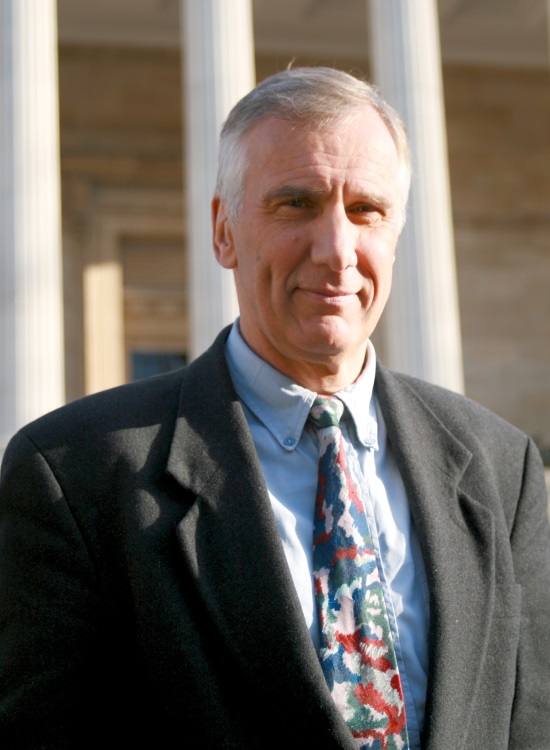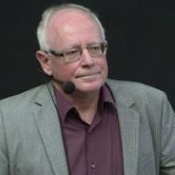Links to external sources may no longer work as intended. The content may not represent the latest thinking in this area or the Society’s current position on the topic.
Chemistry, astronomy and physics of H3+
Theo Murphy international scientific meeting organised by Professor Takeshi Oka FRS, Professor Mats Larsson, Professor Steven Miller and Professor Stephan Schlemmer
H3+ is the simplest polyatomic system which plays pivotal roles widely in astronomy, physics, and chemistry because of its fundamental nature. This meeting is proposed for discussing recent remarkable developments in the astronomical observations, laboratory spectroscopy, chemical kinetics, and theoretical understanding of H3+ commemorating the centennial of its discovery by J J Thomson.
This meeting was followed by a satellite meeting on Saturday 11 February 2012, organised by Professor Takeshi Oka FRS.
Biographies of the organisers and speakers are available below. Audio recordings are freely available and the programme can be downloaded here.
The proceedings of this meeting are published in a dedicated issue of Philosophical Transactions of the Royal Society A.




